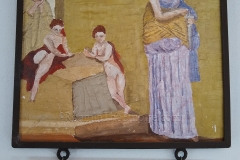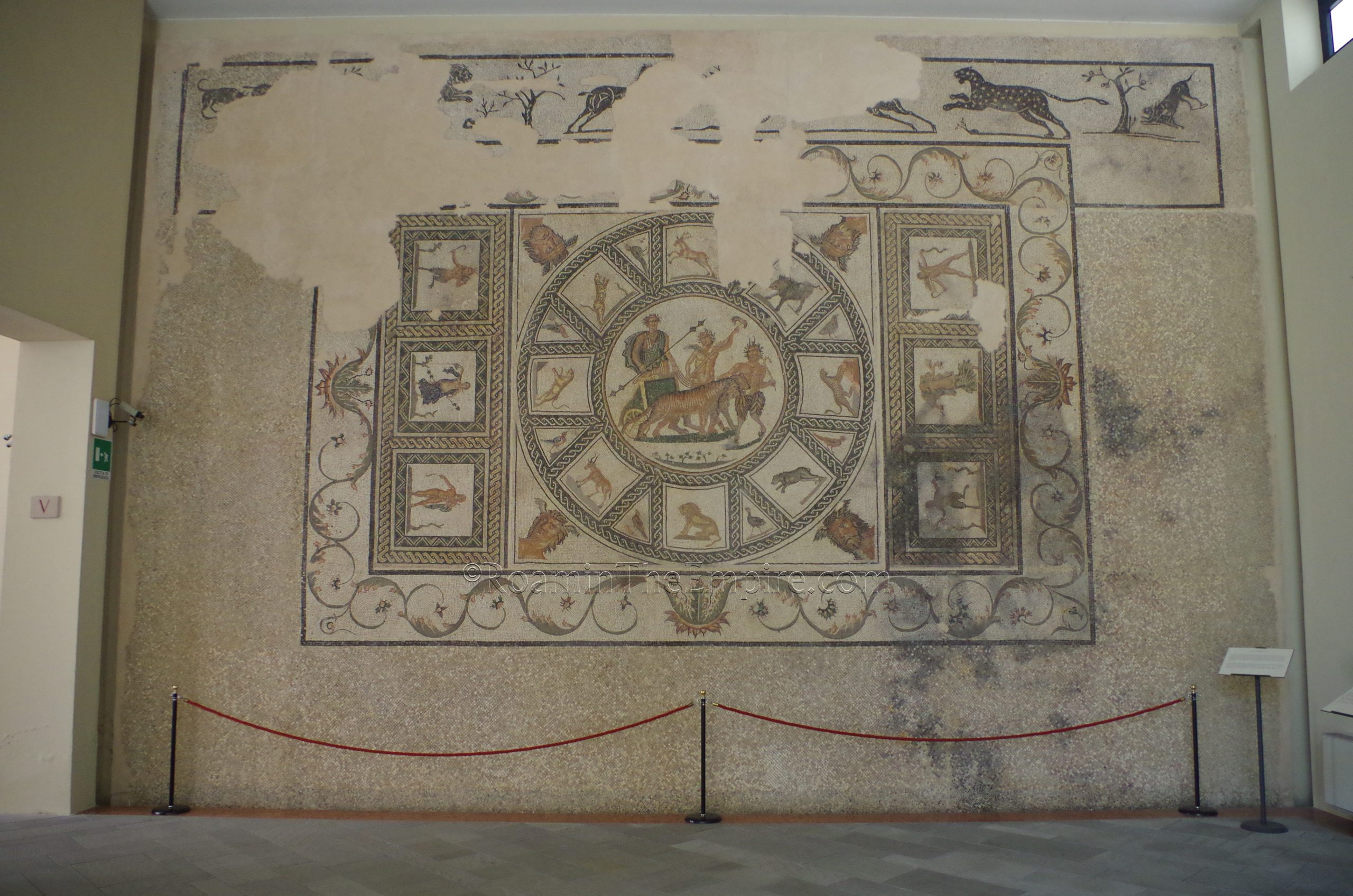
Located in the Apennine foothills of Umbria along the banks of the Sapis river (modern Savio) sat the ancient settlement of Sarsina. Also called Sasina in antiquity, the modern town of just a few thousand retains the ancient name. Prior to Roman hegemony, the settlement was located in the territory of the Sarsinates, who seem to have had a settlement at this location dating back to the 4th century BCE. While seemingly being a tribe of the overarching Umbrian group, the Sarsinates are often referred to separately from the Umbri as a whole. Polybius, for instance, mentions the Umbri and the Sarsinates as contributing jointly to a levy of troops during the Hannibalic invasion of Italy, as though there was a distinction to be made between the two.
When the Sarsinates were subjugated by Roman rule in 266 BCE, they are again noted on the Fasti Triumphales as being the specific target (rather than more broadly being Umbri) of the triumphs that year by the consuls Decimus Junius Brutus and Numerius Fabius Pictor. At this point, Sarsina seems to have been granted status as a civitas foederata. Shortly after conquest, in 254 BCE, Sarsina’s most famous resident is born; the playwright Titus Maccius Plautus, more commonly referred to simply as Plautus. The area around Sarsina is noted in antiquity as being particularly renowned for dairy production; still an important industry in the area to this day. Martial also notes the fame of cheese produced in Sarsina as well as being a source of dormice.
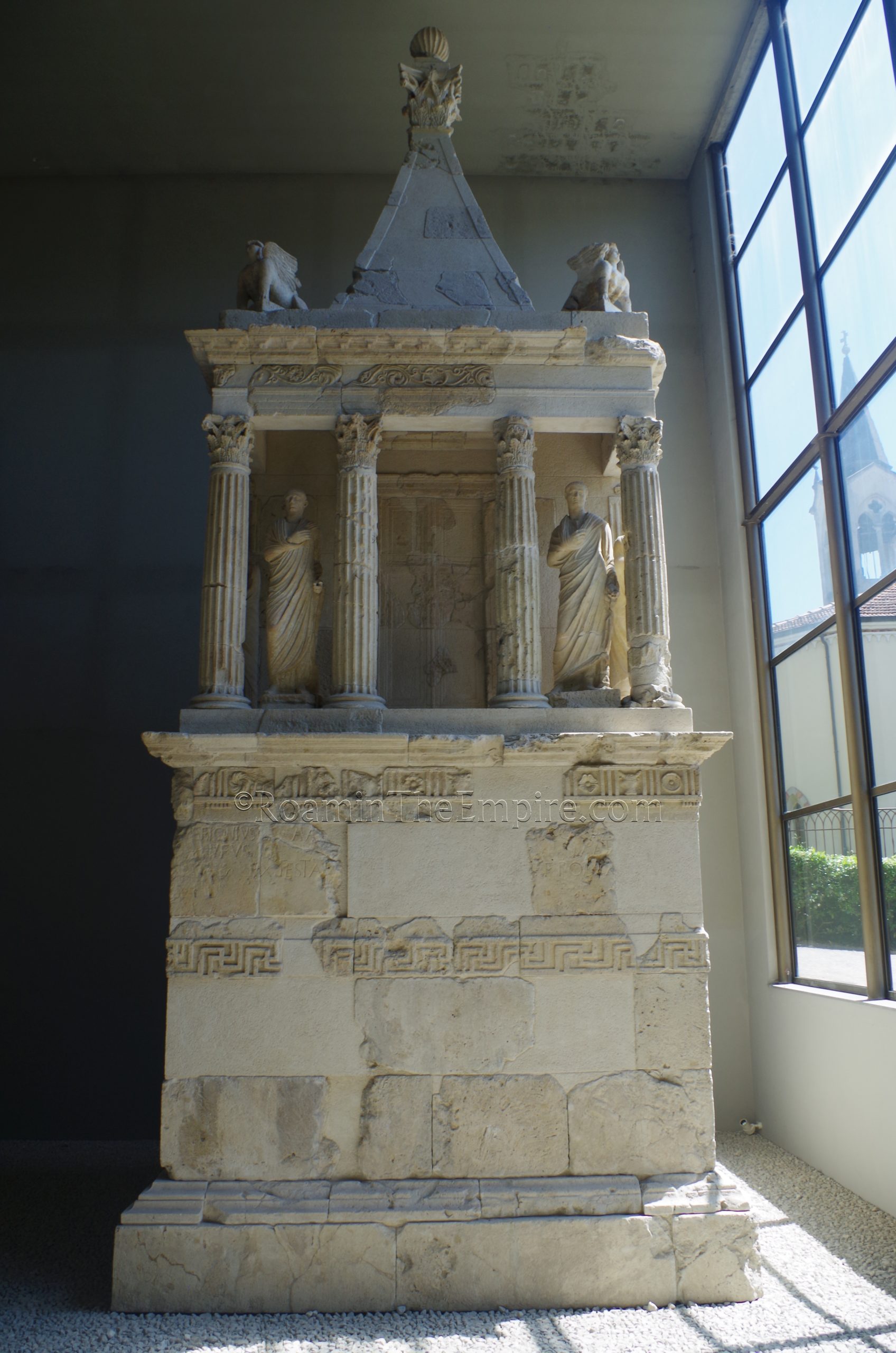
At some point in the early empire, the settlement gains the rank of municpium, but otherwise does not feature in the historical record for the balance of the Roman period. There is evidence of some kind of destruction event over large portions of the city in the 3rd century CE. The town again seems to have suffered at the hands of the Visigoths and Heruli during raids in 409 CE and 470 CE, respectively.
Getting There: Even today, Sarsina is a relatively small and out of the way town. It is located right off the E45 highway, making it fairly accessible by private vehicle, located about an hour drive south of Ravenna and an hour and a half from Bologna. Public transport is a bit trickier. The nearest train station is in Cessena, which is in turn best accessible from Bologna on the Bologna-Rimini line (roughly an hour trip costing between 7 Euros and 12 Euros each way, schedules can be found here). Across the street from the train station in Cessena is the stop for the linea 138 bus, which departs toward Balze with a stop in Sarsina (the schedule can be found here). That trip takes about 52 minutes. So, with waiting times, a public transport trip from Bologna can take upwards of 2.5 hours each way. The one drawback to private transport is that Sarsina is a compact hilltop town, and as such, free parking is extremely limited, though there is a paid parking lot in the center of town near the archaeological museum.
For the size of the town, there really is a significant amount to see, and again, given the size, it is all pretty much within a very tight area of about a one quarter square kilometer. That being said, there isn’t really any most efficient order to see everything in, but, the Museo Nazionale Archaeologico is usually a decent starting point. Located at Via Cesio Sabino 38, the museum has pretty limited opening hours, probably owing, in part, to the fact that it is a smaller, lower profile town and museum. The museum is open on Tuesdays from 8:30 to 14:00 and Fridays from 14:00 to 19:00. The rest of the week it is closed. Admission is 3 Euros.
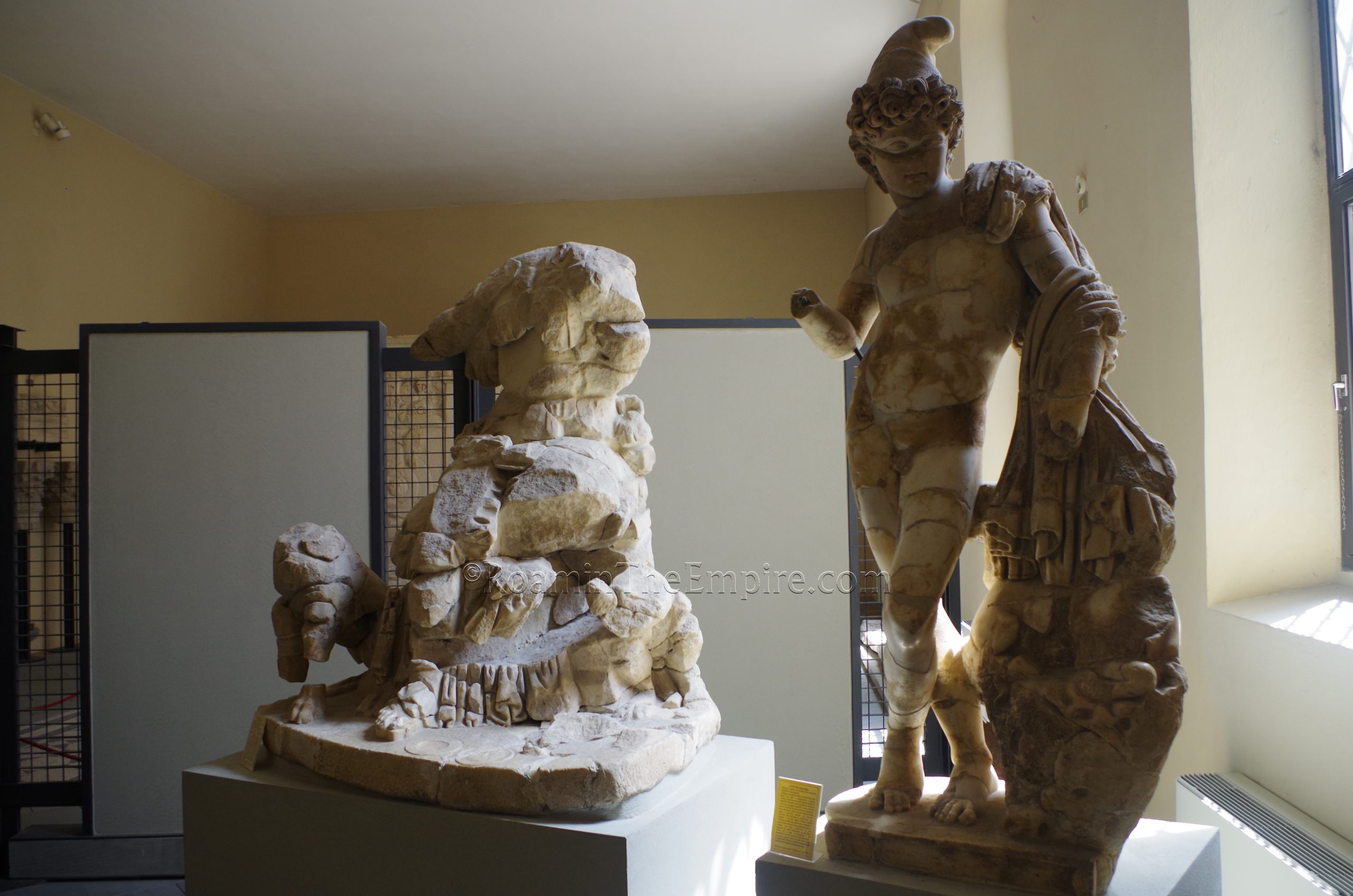
Now, the limited opening time and the small town nature of Sarsina might make it seem like the museum isn’t especially important or have much in the way, but this is very deceptive. The museum collection actually has some absolutely fantastic pieces, and I’d wager that it may be one of the best small town archaeological museums per capita in the entire country. Perhaps the centerpiece of the collection is a massive Dionysiac themed mosaic with a central panel depicting the Triumph of Dionysus. Dated to the early 3rd century CE, the mosaic was found locally west of the present-day Piazza Tito Maccio Plauto, which was the area of the forum in antiquity. The size and level of preservation for the mosaic is quite impressive and it would probably stand out even among some of the larger collections in other more prominent museums. There are a few other large, mostly geometric style, mosaic sections throughout the museum as well, though there is another figural mosaic making up the floor of a mock-up of a triclinium on the second floor of the museum. Keeping with the Dionysiac theme, though from a separate nearby house, the mosaic depicts a drunken Hercules.
In addition to the mosaics, there is a large reassembled funerary monument. And though very fragmentary and reassembled, there are five larger statuary pieces depicting Magna Mater/Cybele, Attis, Isis, Serapis, and Anubis. A sixth base with attached feet apparently once depicted Harpocrates to go along with the other Egyptian gods. The museum collection includes a pretty large number of inscriptions as well as some other small finds. While not an especially large collection, it can easily be seen in under an hour, the quality is really great. There’s lots of information in the museum, but it is all in Italian.
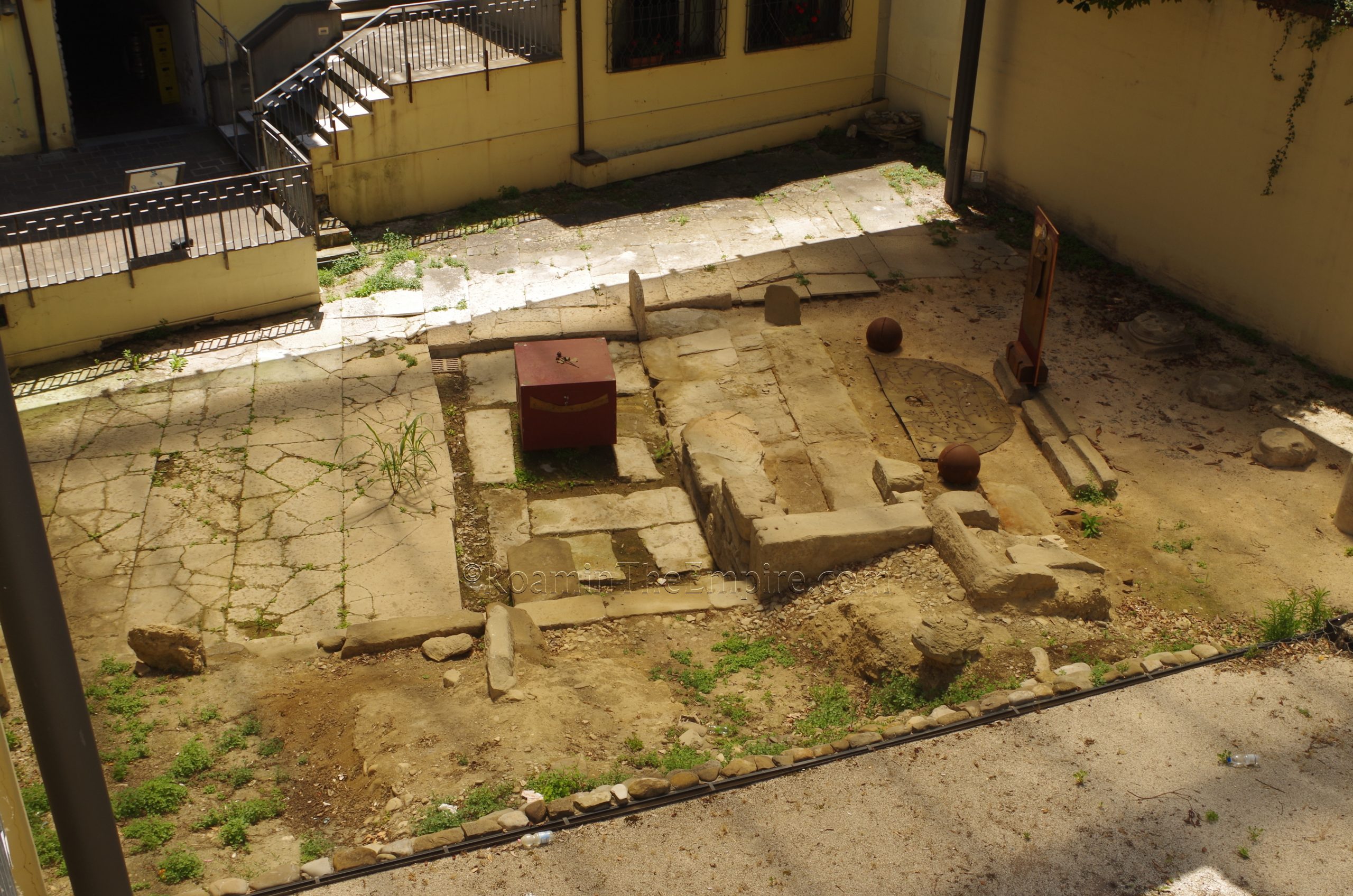
Just outside the museum are a few modern homages to the town’s most famous son worth mentioning. In the open space between the museum and the Chiesa di Sant’Antonio to the east is a small monument to the playwright. It does seemingly incorporate an ancient column, though. A few minutes to the west, along the north and northwest side of the Piazza Tito Maccio Plauto, are a number of small, illustrated plaques celebrating the various works of Plautus. On the northeast side of the piazza are a few statues depicting ancient theatrical actors, also recalling the contribution of Plautus.
Through a small alleyway on the north side of Piazza Tito Maccio Plauto, there is access to an excavation of part of the forum. This is also accessible from parking garage just to the north of it, and the area is essentially along the path between the parking garage and the center of town. It is in a public area and there is no admission or direct access, so it can be viewed at any time. The small area of the forum exposed here corresponds to the northernmost extent. A significant section of the paved open area of the forum, apparently consisting of marble from Verona, remains. Some scant traces of the buildings that flanked the forum on the north are also present, however, they don’t seem to be identified; though the Capitolium and civic basilica are mentioned in the informational sign (in Italian) located nearby. These remains seem to date to the 1st century CE.
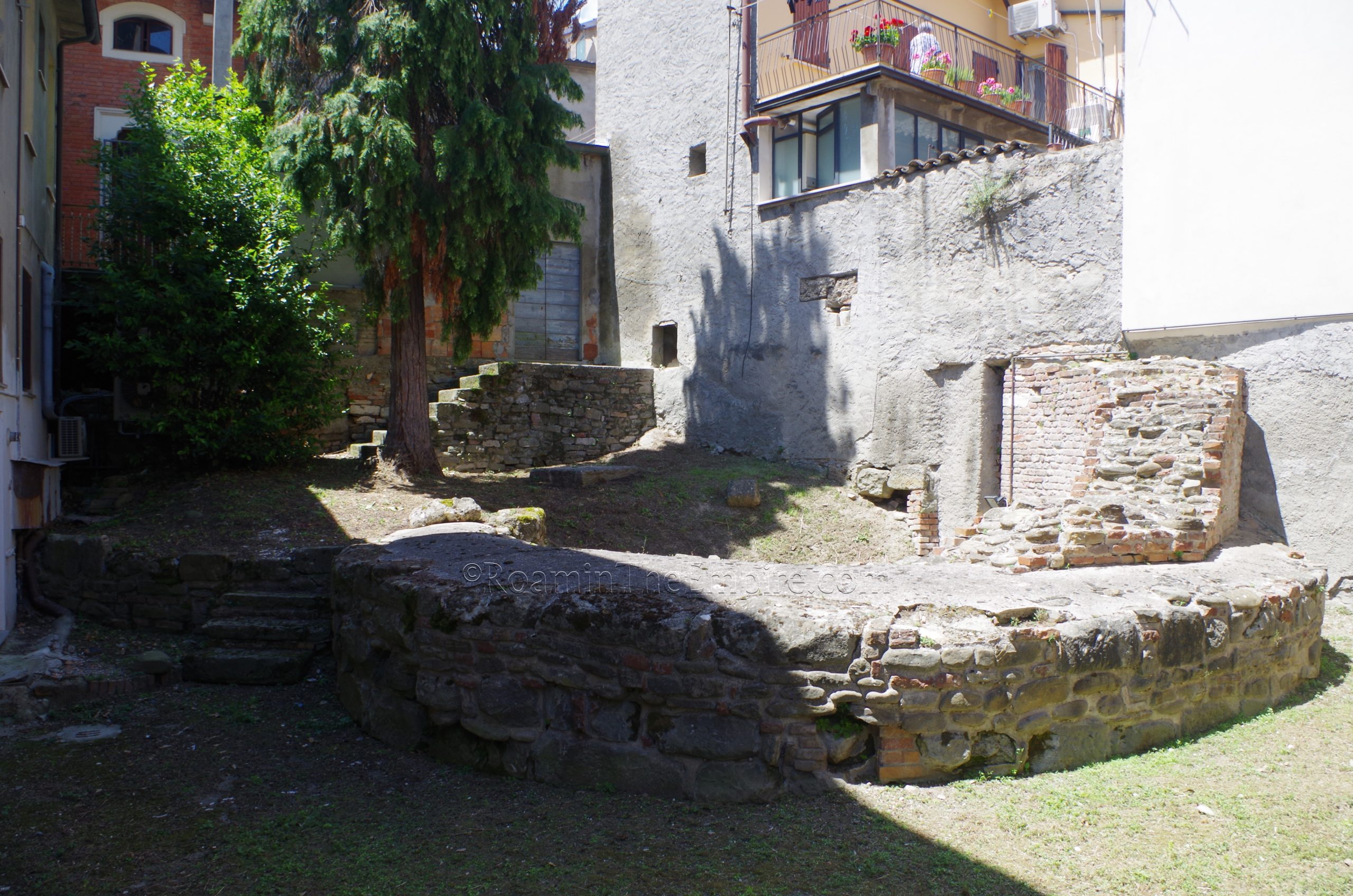
Back out to the Piazza Tito Maccio Plauto, just to the east in a small street (Vicolo Aurigemma) heading south off Via Cesio Sabino is the larger street’s namesake, the remains of the so-called Temple of Gaius Caesius Sabinus. Like the forum, this is in a public area, and though direct access to the remains is not allowed, they can be viewed from the public areas at any time. The remains here were originally identified as a small imperial age temple constructed on a Republican era building. The identification with Gaius Caesius Sabinus comes from a fragment of an inscription found here with his name on it and the presence of bronze statues of deities (both now in the archaeological museum). A late antique/early medieval structure, some of which remains, was then subsequently built over the temple.
Just a few meters away at Via IV Novembre 13 is the local tourist information. Unfortunately it was closed when I was visited, despite being within the opening hours posted. The regular hours of the office seem to be quite variable on a day to day and seasonal basis. Within the tourist office are some ancient remains dating back as far as the 1st century BCE. A more recent discovery, the actual context of structure that has been uncovered here is unclear.
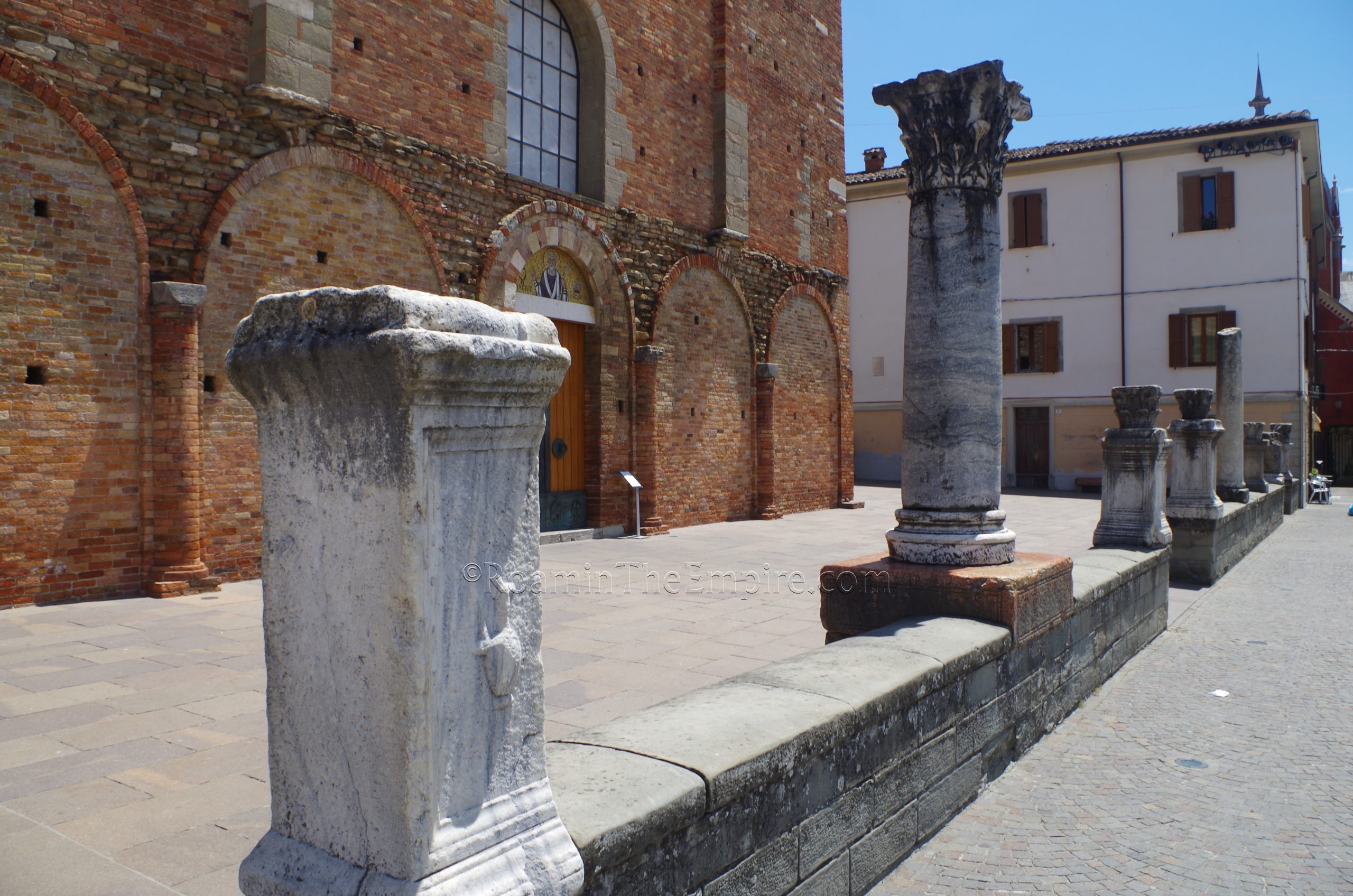
Once again back out to Piazza Tito Maccio Plauto, the southeastern part of the piazza, in front of the Basilica Concattedrale Santa Maria Annunziata e San Vicinio, is lined with spoliated ancient remains. This includes a few columns, but also a few inscriptions as well. Among these is a very legible funerary altar. Heading south out of the piazza along Via Guerrin Capello about 75 meters is the so-called Casa Natale di Plauto, the birthplace of Plautus. Despite the name, there are no visible ancient remains here, though a tower from the 1st century BCE wall circuit is supposedly located beneath the buildings here.
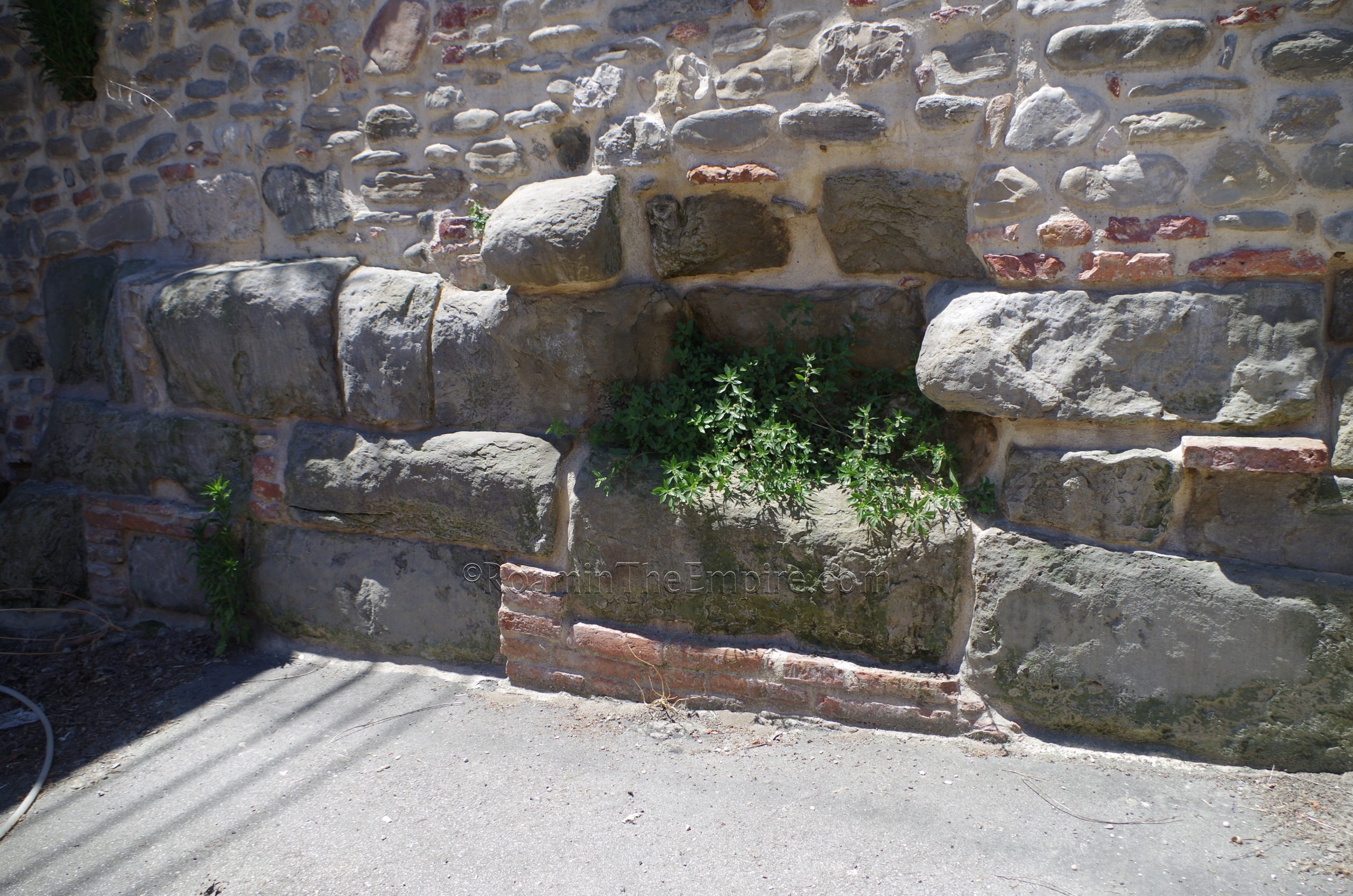
Right past the Casa Natale di Plauto is the SR71, which heads east a little ways before curving north along the east side of Sarsina, and along which the final two points of interest for ancient Sarsina are located. Coming from the south, on the west side of the road just before reaching Via IV Novembre 13 are the Torricini, three towers from the medieval walls of the city. Between the southern and middle tower, along the base of the wall, some of the larger ashlar blocks from the 1st century BCE Roman walls can be seen.
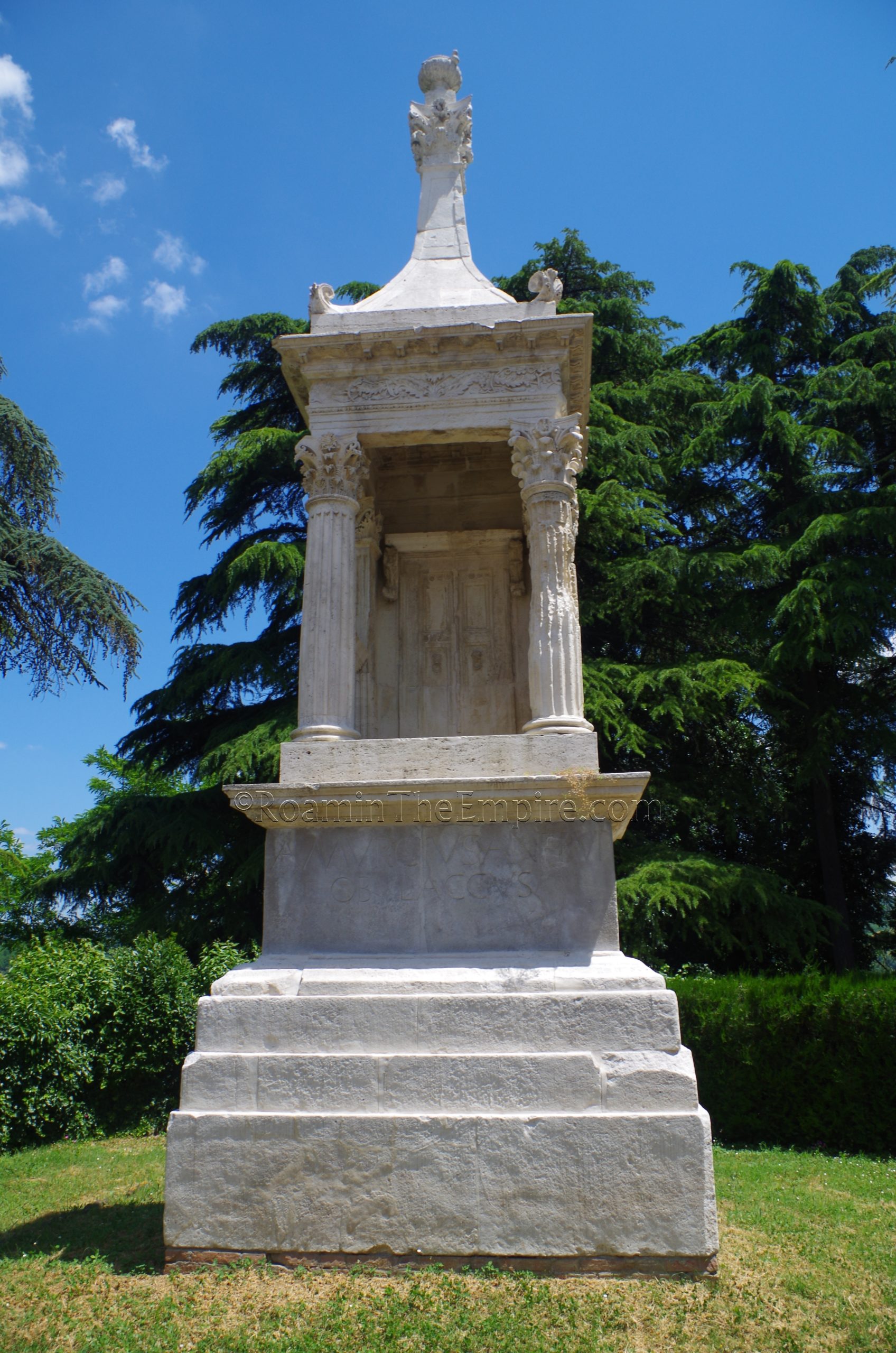
A bit farther on, just past Via IV Novembre 13 on the east side of the road is the Mausoleo di Obulacco, the Mausoleum of Obulaccus. There is no direct access to the mausoleum, but it is in a public area and can be viewed at any time. The funerary monument, dated to the 1st century BCE, was originally discovered in the Pian di Bezzo Necropolis in the valley to the east of Sarsina, the same location where the funerary monument in the archaeological museum was also originally located. In the late 1930’s, however, this monument was reassembled in its present location. As the name suggests, the funerary monument is attributed to Aulus Murcius Obulaccus, the son of Annius, noted in an inscription visible on the front of the mausoleum.
Sarsina is a nice little sort of hidden gem. While the remains aren’t spectacular, the archaeological museum is definitely well worth the stop. The town isn’t a real tourist magnet either, so it’s a very low key little day trip that can easily be done in a few hours and without the hassle of having to deal with throngs of other tourists.
Sources
Martial. Epigrams, 3.58.
Pliny the Elder. Historiae Naturalis, 3.19.
Polybius. Historiai, 2.24.
Smith, William. Dictionary of Greek and Roman Geography. Walton & Murray, 1870.
Stillwell, Richard, William L. MacDonald, and Marian Holland. McAllister. The Princeton Encyclopedia of Classical Sites. Princeton, NJ: Princeton U Press, 1976.
Strabo. Geographica, 5.2.



